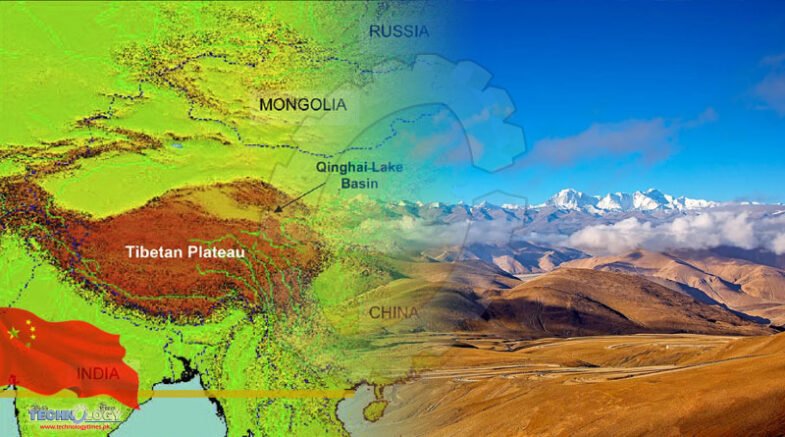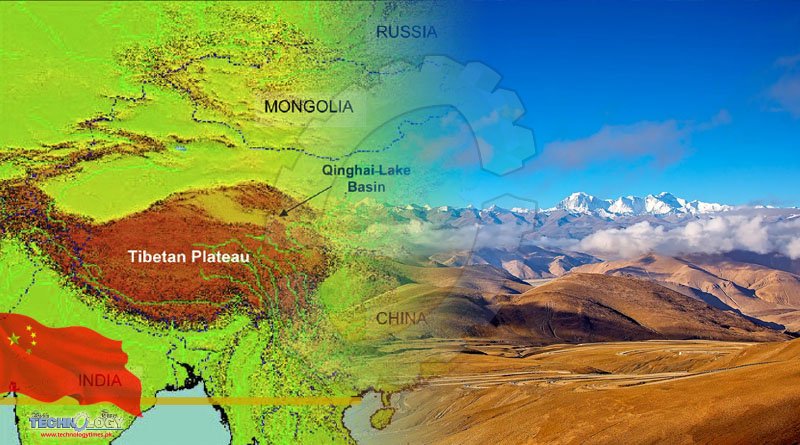Chinese scientists used ancient tree pollen to reveal when the northeastern Qinghai-Tibet Plateau was uplifted into its current height.

Chinese scientists used ancient tree pollen to reveal when the northeastern Qinghai-Tibet Plateau was uplifted into its current height, providing new clues to the formation of the roof of the world.
The study published on Friday in the journal Science suggested that the region rapidly uplifted to its current elevation nearly ten to eight million years ago.
The plateau’s elevation shaped the region’s biodiversity and climate. However, unlike its closely-studied southern part, the evolution of the plateau’s northeastern reaches has been less examined.
A group led by Miao Yunfa, a researcher from the Northwest Institute of Eco-environment and Resources under the Chinese Academy of Sciences, evaluated a new sedimentary record from the Qaidam Basin in the northeastern Qinghai-Tibet Plateau containing ancient pollen from mountain conifer species that only grow at specific elevational ranges.
They reconstructed two parallel records of landform uplift spanning 16 million years. They found that about 15 million years ago, the eastern and western regions of the northeastern Qinghai-Tibet Plateau were roughly 1,969 and 1,449 meters above sea level, respectively.
Then, through a rapid uplift over the following several million years, the northeastern reaches grew in height by approximately 2,000 meters — reaching roughly 3,685 meters in the east about 11 million years ago and 3,589 in the west about 7 million years ago, according to the study.
Afterward, those elevations remained largely stable and only rose slightly, according to the study.
Qinghai-Tibet Plateau is the world’s latest, largest and highest plateau, which is known as the “Roof of the World”, and was regarded as the “third pole of the earth”. The terrain of the plateau tilts from northwest to southeast. There are steep winding mountains, deep ditches and glaciers, Gobi and other landforms.
Grassland degradation is widespread in many low to middle income countries, and so on the Qinghai-Tibet Plateau, and poses an enormous risk to the hundreds of millions of people who rely on them for food, fuel and fibre.
One hotspot of severe soil degradation is the Qinghai-Tibet Plateau. This is the largest area of grassland on the Eurasian continent and includes the Three-River Headwater region that supplies water to over a billion people.
Originally published at China News
